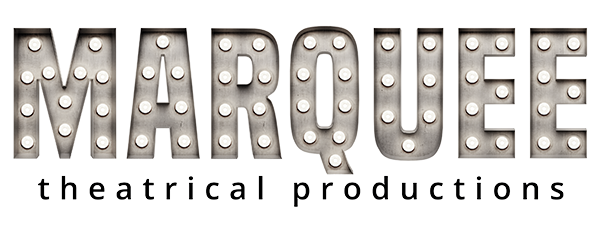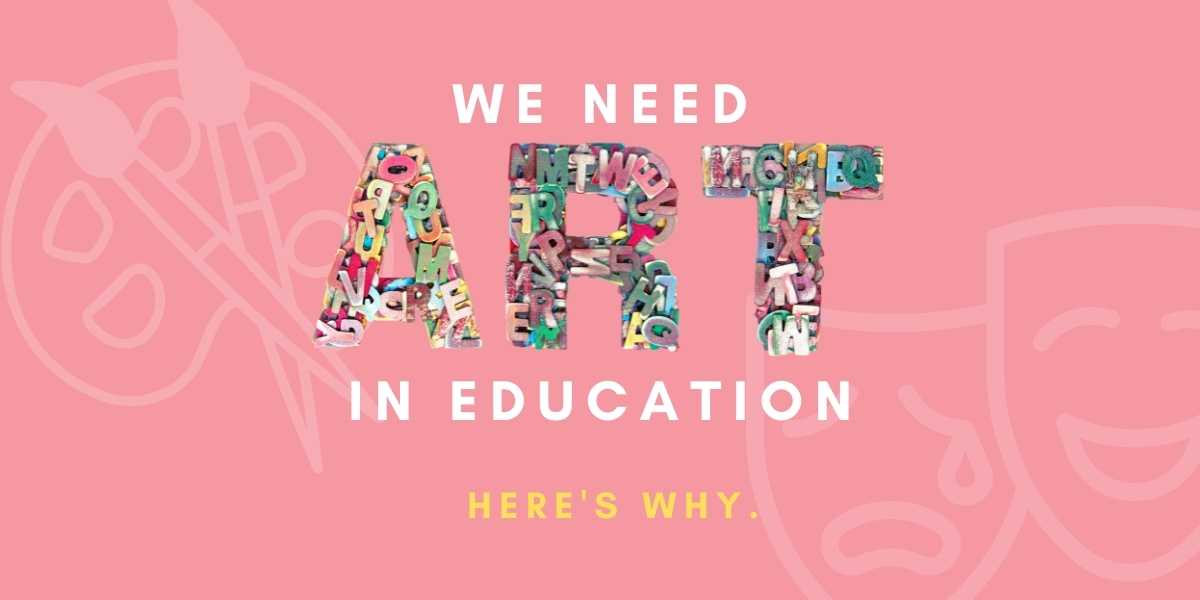Some may think that music, drama and visual arts are unnecessary subjects in school. That they are less important than others, or that creative classes hinder focus and ability to do real, measurable schoolwork.
But as it turns out…that’s far from the truth!
Here’s why the arts are an essential part of education, and an important pillar to a child’s learning and development.
Disclaimer: All of the opinions and content presented in this post are not professional advice and are true to the best of the author’s knowledge. This post is meant for inspirational and entertainment purposes only.
Increases overall engagement at school
Philosophers express how the arts are such a huge part of who we are as people – as human beings. We often turn to the arts to make the big moments in life brighter. Whether it be dancing at celebrations or singing at sad times. It makes pain tolerable and joy even more joyful. If kids struggle with being at school, arts are an effective way of helping give them a mental break. It encourages them to use a different part of their mind and engages their focus. It gives them an escape from sitting at a desk copying notes, and can help make their return to other subjects in school easier and more engaging.
Supports learning in math
Some worry the arts might take away from the more “important” subjects in school like math. But it’s actually been proven to do the opposite. The arts can actually help improve their learning. An arts integrated math course at a high school in London, Ontario showed this. It was proved that by combining these two subjects, 87% of students claimed they felt far more successful at math.
When it was placed in understandable terms through artistic examples, students were able to grasp concepts easier. It allowed them to connect their artistic understandings with their mathematical understandings.
Language proficiency
One study in particular proved that students who took 4 years of arts classes were more successful with their language courses as well. Taking part in artistic activities actually helps increase the complexity of a person’s neural network, and music in particular has been shown to “bring about promising far-transfer effects in domains such as verbal intelligence and executive functions, and may even lead to better general academic performance” . It helps improve pronunciation in second languages, strengthens abilities in reading and more.
Encourages Self-Expression
The arts are an accessible way of sharing our feelings, thoughts and perspectives across any barrier. When we can’t speak, the arts still allow us to be heard. Having the arts in school gives kids who may be struggling, an outlet to express themselves; an opportunity to share those feelings with others. It gives a safe space to release emotions and learn about themselves in the process. It helps build compassion, connections, communications skills. Further, it supports them in learning how to healthily and safely express emotions when words are too hard, unknown or simply impossible.
In the long run, this can help lead to improved well-being and even reduced crime and violence amongst youth in the community.
Diversifies thinking
Just as math and science are necessary skills for an engineer, creative thinking and self-understanding are necessary skills for life. And that’s what the arts give us. The only way we can build a better future is if we have creative problem solvers, critical thinkers and reflective leaders. If we get too focused on just teaching numbers and verbs, we miss out on the creative elements of learning that exercise new thinking, progressive ideas and innovation.
“We want to look at what kind of world we want to shape and what to do with those other skills. The arts help kids so much because they are the ‘idea generation’ and learning within the arts gives kids skills to overcome adversity, and become more resilient. They have a chance to learn from their failures, which is a skill we all need to develop.”
The arts also teach us to accept differences, acknowledge other perspectives and find comfort in the unknown. It builds an understanding and acceptance of diversity. All of these skills aren’t as easily nurtured once we reach adulthood, so having these opportunities and teaching these concepts early on in school is necessary for building strong communities and creating a brighter future for everybody.
Confidence
School can be a place for kids to feel heard when maybe they don’t elsewhere. It provides a space for expression in the one place where they go to spend most of their day, which is important in supporting mental health and wellbeing. Especially if a child struggles with other subjects, the arts can give them a place to thrive. A place where they can feel accomplished and confident. In turn, this can help encourage them to participate and try things out in other areas of school or life. With the Art of Math program in London, Ontario, 78% of the students thought it helped support their confidence and social belonging.
“I never thought I was good at Math, I just realized I wasn’t learning it in a way that made sense to me.”
Having the arts can be such an accessible way of understanding difficult concepts and showing kids that they’re more capable of achievement and understanding than they might think.
Encourages better learning through movement
The arts are a great way to get kids moving while learning. So much research has gone into the benefits of movement for mental and physical health, and someone’s health can greatly impact how well they are able to learn and succeed. The arts help encourage movement, break up and diversify the day. It’s been shown that incorporating movement using the arts helps keeps up engagement while also improving memory for learning other subjects.
“The dramatics – being able to act out the life cycles of the frog and butterfly – the children really learned those lessons – experiencing it physically made the difference.”
And if alllll of those benefits weren’t enough, here’s a couple more:
There are so many benefits in getting kids to engage more with their creative side at school.
With all of the support that the arts provide, the paint brushes and instruments, without a doubt, should be valued and practiced just as much as the calculator and dictionaries.
RESEARCH:
http://www.edu.gov.on.ca/eng/literacynumeracy/inspire/research/WW_Engaging_Arts.pdf
https://www.edutopia.org/blog/creativity-academics-power-of-arts-education-neil-swapp
https://www.frontiersin.org/articles/10.3389/fnins.2013.00279/full


0 Comments